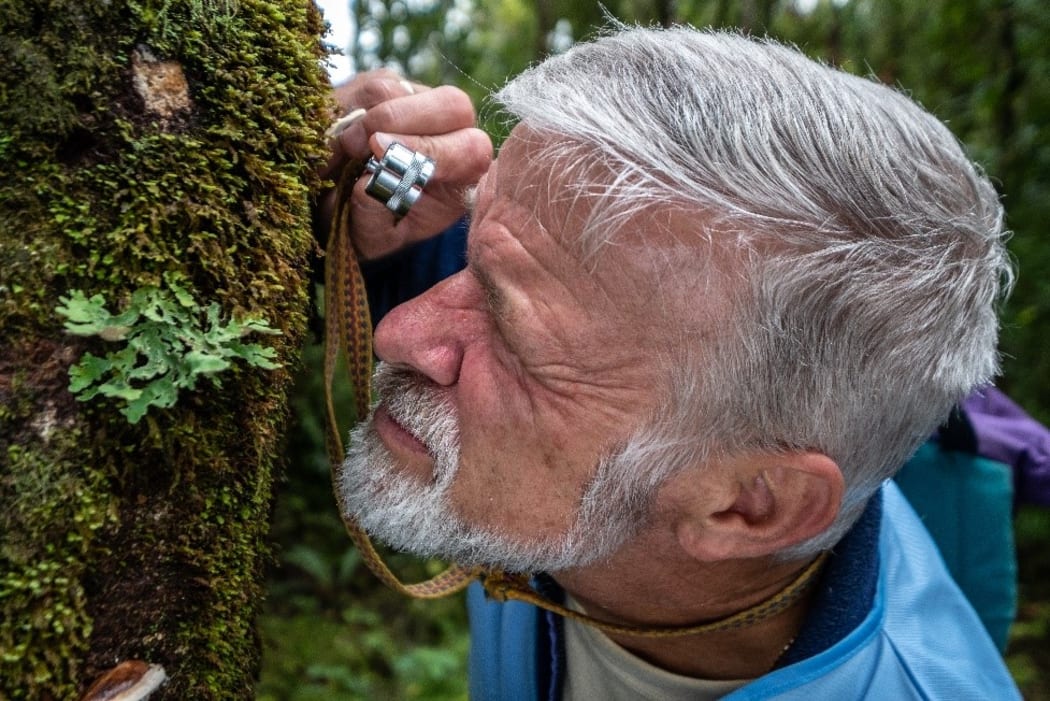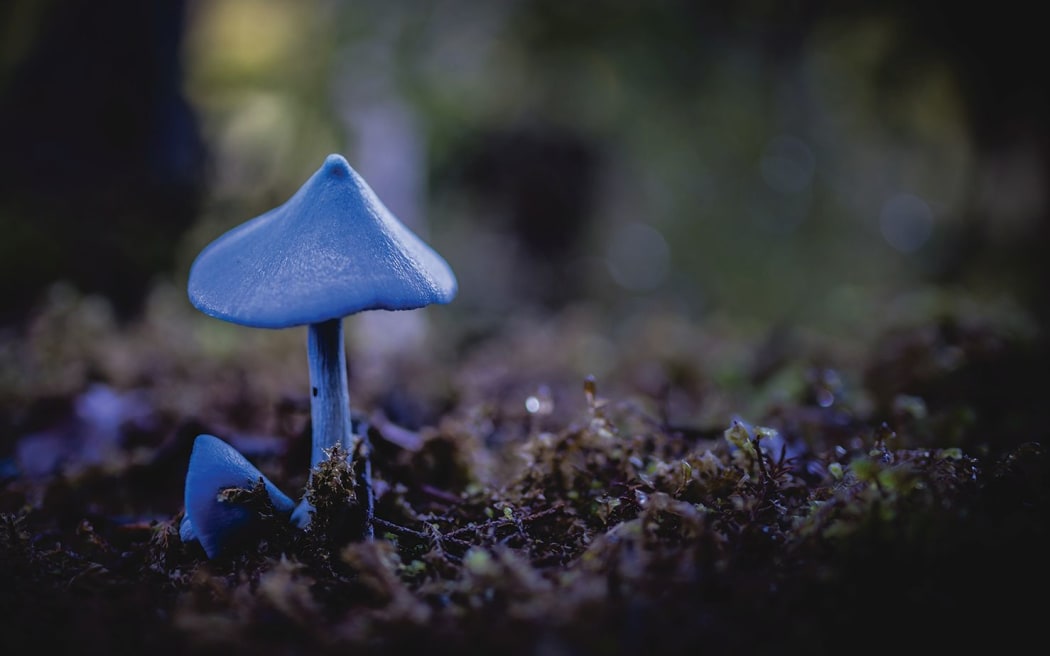Mycologist Peter Buchanan has recently done some work hoping to safeguard ancestral Māori knowledge of native fungi, but says people should avoid experimenting with eating them.

Photo: Supplied
Buchanan is a mycologist and science team leader of Biosystematics at Landcare Research and has just been at a conference all about fungi in Brisbane.
He is a regular contributor and organiser for the annual New Zealand Fungal Foray, now in its 23rd year.
He says Māori ancestrally used fungi but that knowledge largely has been passed on to current generations.
“So I’ve just done a resource for the kura kaupapa movement, and we’ve just distributed free out to about 100 schools a resource about fungi and trying to reacquaint the students to the uses of fungi by their ancestors."
He says one of his favourite fungi is a vegetable caterpillar, a fungus that attacks native moths.
"The moth larvae get attacked by this fungus and the fungus forms underground, it actually mummifies the caterpillar.
"So you get a mummified caterpillar and out of the head of the caterpillar you get this fungus growing and it forms a stick-like structure.
"Māori knew that very well because amazingly they used to collect large quantities of this ... and burn it and produce a charcoal, and then they would grind the charcoal into a powder, mix it with bird fat and use it for tā moko, for tattooing.
"It was also the first fungus ever described in New Zealand."
Read more about New Zealand's fungi:
He says autumn is a good time to see mushrooms, but fungi are present in wood, soil and in the air all the time.
“People never see that, or almost never see that, what they see is the reproductive stage, and that may be a mushroom or it may be any number of different fruiting structures that they have.
He says a fungus does not gain energy from photosynthesis as plants do, and can’t move to its food like an animal, so instead feeds through fine tubes called hyphae.
“Those tubes are so fine that they can get amongst wood cells and soil and thus they draw nutrients in through their whole surface."
He says more are being discovered constantly and there’s so much we still don’t know.

The blue entoloma was voted New Zealand's national fungus this year. Photo: Supplied / Landcare Research
“The ones that we used to look at were the ones that we could grow on an artificial medium like agar, but … there’s actually heaps and heaps of fungi that we never even knew about that cannot grow on agar.
“There are thousands, literally thousands of species yet to be described in New Zealand, and globally we think we know between five and 10 percent of the likely diversity of fungi."
He says the largest single living organism on earth is a fungus, a fungal community that spans 9ha in a forest in Oregon, US.
Some of New Zealand’s species are even endangered, with the fungal society recently getting two on the International Union for Conservation of Nature (IUCN) red list.
“That’s quite novel for fungi because there aren’t many recognised yet, but their rarity is of much concern but no resources put into it at this stage."
He says one of them is like a truffle that doesn't open to distribute its spores, and instead used to rely on probably flightless birds such as moa, or perhaps native fruitbats.
He says it’s important to have data about them and to continue to try to keep threatened species alive, because fungi have relationships with almost every plant in the country, whether native or introduced.
“Take the beech trees, massive areas of beech forests in New Zealand or what we’ve got left of it and in autumn it’s a carpet of mushrooms underneath.
“Those fungi are linked to the roots of those beech trees and helping them to grow.
“That’s a symbiotic relationship that’s existed ever since plants moved from the sea onto the land because the fungi was already there.
“They naturally formed relationships with what was already on land - the fungi and the plants worked together and they have ever since 400 million years ago."
He says he’s fairly cautious about eating fungi, however.
“I prefer to cook anything that I’m going to eat, I’m also concerned that I’ve identified them correctly.
“I wouldn’t really encourage people to put things in their mouths and experiment, in the same way that we don’t do it with plants, and we don’t do it with animals.”
"The first question many people ask, and they see a question or a fruiting structure, they will say 'is it edible'. That's not the first question people ask when they see a plant.
"The one word our kids are taught not to say is the 'T' word, that's the word toadstool, becasue toadstool is this weird word that makes people fearful of fungi, we don't have any similar word for poisonous plants. We have poisonous plants, we have poisonous mushrooms."

